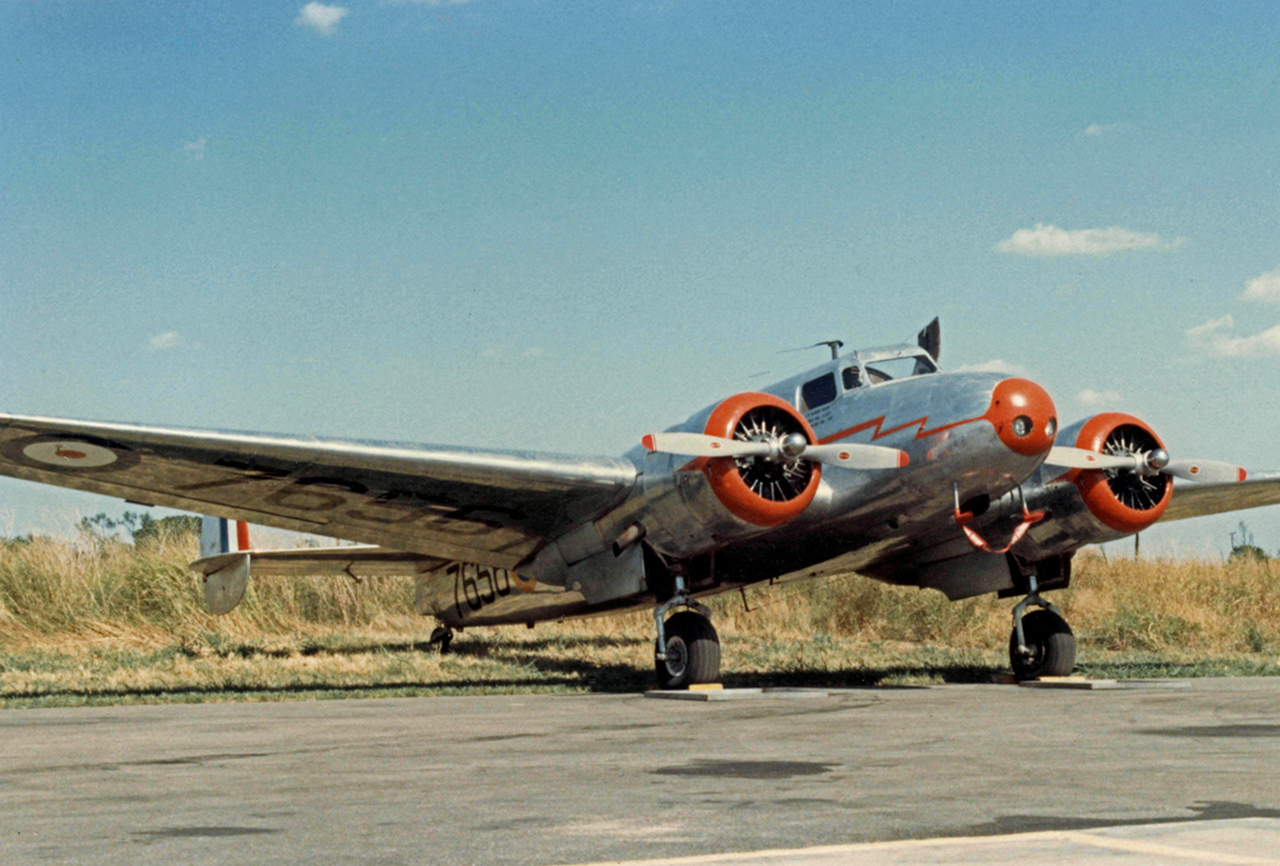Lockheed Model 10 Electra
_1708689333_1.jpg)
February 23rd marked the 90th anniversary of the Lockheed Model 10 Electra, representing a significant chapter in aviation history. On that day in 1934, the first prototype of the aircraft took off from the airfield in Burbank, California, USA. It was developed by Lockheed Aircraft, a company that had recently experienced bankruptcy, changes in ownership, and reorganization. The design of the Electra aircraft was led by Hall Hibbard, the new head of the company's engineering department. The work on this aircraft marked the beginning of Kelly Johnson's career, who would later become the chief engineer of Lockheed in the early 1950s and gain worldwide fame for creating aircraft such as the U-2 and SR-71.
The Electra was designed as a passenger aircraft capable of carrying up to 10 people. A total of 149 aircraft were built in four main variants and several experimental ones. The production Electra 10-A was powered by two Pratt & Whitney R-985 Wasp Junior SB radial engines, each with a power of 450 horsepower. The aircraft had a length of 11.8 meters, a wingspan of 17 meters, a maximum takeoff weight of 4580 kg, a maximum speed of 310 km/h, and a practical range of over 1400 km.
A significant role in the history of the Electra aircraft was played by the famous aviator Amelia Earhart, who chose it for her round-the-world flight. Although the aircraft mysteriously disappeared over the central part of the Pacific Ocean in July 1937, it did not affect its reputation; rather, it attracted a lot of attention due to numerous publications.
By that time, the Electra had already earned a reputation as an economically attractive, reliable, and fast passenger aircraft. The number of orders for it was twice that of the Boeing 247's orders and slightly lagged behind the newer Douglas DC-2. In addition to the United States, the Electra was purchased by civil and military operators in over 20 countries, including Australia, Brazil, Great Britain, Canada, the Netherlands, Mexico, Poland, and Romania. Some small airlines continued to operate their Electra aircraft until the early 1970s.

 Fan-page
Fan-page Youtube
Youtube TikTok
TikTok Aviamuseum
Aviamuseum State Aviation Museum
State Aviation Museum
_1708689277_1.jpg)
_1708689286_1.jpg)

_1708689309_1.jpg)